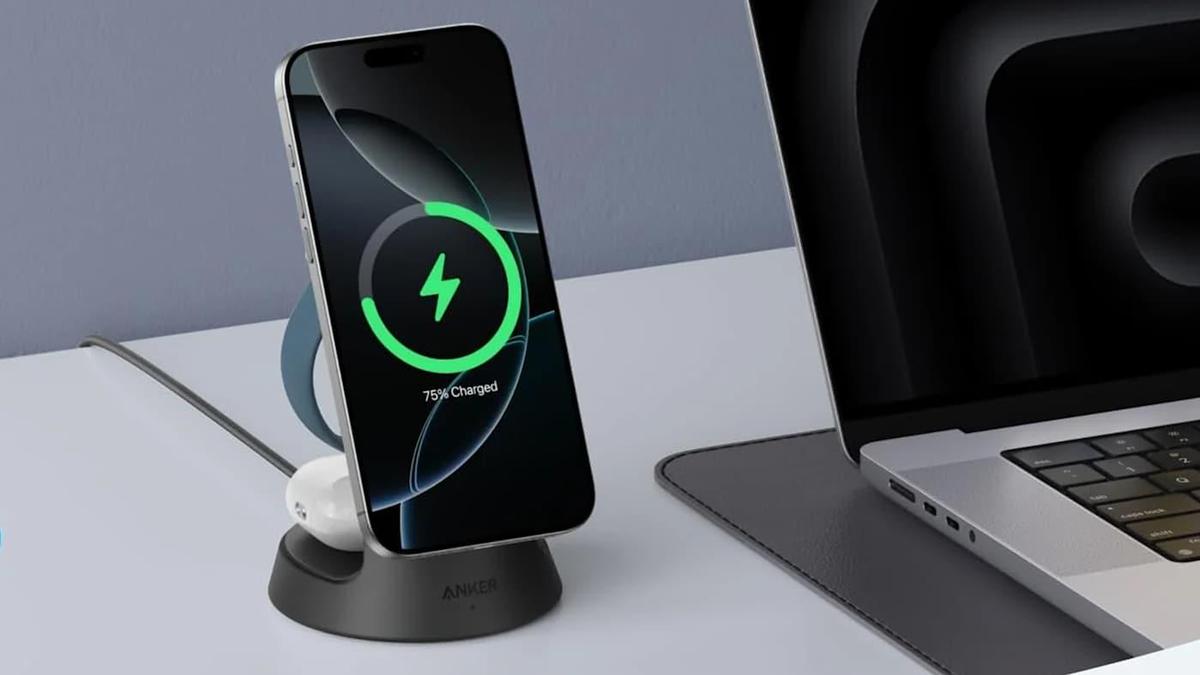Tinder’s New Face Check: Mandatory Facial Recognition for US Users
Tinder’s New Face Check: Mandatory Facial Recognition for US Users
Tinder is stepping up its fight against fake profiles with a new mandatory facial recognition feature called “Face Check.” Currently being trialed in the US, starting with California, this feature requires new users to provide a biometric scan to verify their identity. Let’s dive into what this means for Tinder users and the future of online dating security.

What is Tinder’s Face Check?
Face Check is a biometric verification system that requires users to submit a short video selfie. This video is then analyzed to match biometric indicators, confirming that the person in the video is the same person in the profile photos. The goal is to prevent bots and fake accounts from infiltrating the platform.
How Does it Work?
Unlike Tinder’s ID Check, which requires a government-issued ID to verify age and identity, Face Check relies solely on a selfie video. This makes the verification process quicker and more accessible for users. The system analyzes the video to create a “face map,” a digital representation of the user’s facial features. This map is then compared to the user’s profile photos to ensure a match.
Key Differences from ID Check
It’s important to distinguish Face Check from Tinder’s existing ID Check feature. While ID Check verifies age and identity using government-issued documents, Face Check focuses solely on confirming that the person in the profile photos is a real, live individual. This approach tackles the issue of catfishing and fake profiles more directly.
Why is Tinder Implementing Mandatory Facial Recognition?
The rise of fake profiles and impersonation has been a persistent problem for online dating platforms. These fake accounts can be used for various malicious purposes, including scams, harassment, and spreading misinformation. Tinder’s Face Check aims to address these issues by adding an extra layer of security and verification.
Yoel Roth, Match Group’s head of trust and safety, explained to Axios that Face Check is “meant to be about confirming that this person is a real, live person and not a bot or a spoofed account.”
Combating Catfishing and Bots
By requiring users to verify their identity through Face Check, Tinder hopes to significantly reduce the number of fake profiles on the platform. This will create a safer and more authentic experience for users, making it easier to connect with genuine individuals.
Enhancing User Trust and Safety
The implementation of Face Check can also boost user trust in the platform. Knowing that other users have been verified through biometric scanning can provide a sense of security and reduce the fear of encountering fake or malicious profiles.
Privacy Concerns and Data Security
Facial recognition technology often raises privacy concerns, and Tinder is addressing these concerns head-on. According to Tinder, the selfie video is deleted after the verification process is complete. However, the platform stores a “non-reversible, encrypted face map” to detect duplicate user accounts in the future. This means that while the actual video is deleted, a digital representation of the user’s face is retained for security purposes.
Data Encryption and Anonymization
The use of encryption and anonymization techniques is crucial for protecting user data. By encrypting the face maps, Tinder ensures that they cannot be easily accessed or deciphered by unauthorized parties. The “non-reversible” aspect of the process further enhances privacy by preventing the face maps from being used to identify individuals.
Transparency and User Control
It’s essential for Tinder to be transparent about its data collection and usage practices. Users should be informed about how their data is being used and given control over their privacy settings. This includes providing users with the option to delete their face maps if they choose to leave the platform.
The Future of Facial Recognition in Online Dating
Tinder’s implementation of mandatory facial recognition could set a new standard for online dating security. If the trial in California proves successful, we can expect to see similar features rolled out on other dating platforms. This could lead to a more secure and trustworthy online dating experience for everyone.
Expert Commentary (Simulated)
Dr. Anya Sharma, a cybersecurity expert, says, “Biometric verification is becoming increasingly important in the fight against online fraud. Tinder’s Face Check is a step in the right direction, but it’s crucial to ensure that user data is protected through robust encryption and anonymization techniques.”
Actionable Takeaway
If you’re a Tinder user in California, be prepared to complete the Face Check verification process. This will not only help you verify your own profile but also contribute to a safer and more authentic experience for the entire Tinder community.
FAQ
Q: What happens if I refuse to complete the Face Check? A: If you refuse to complete the Face Check, you may not be able to use Tinder in California.
Q: Is my selfie video stored on Tinder’s servers? A: No, Tinder claims the selfie video is deleted after the verification process is complete.
Q: Can the face map be used to identify me? A: Tinder claims the face map is non-reversible and encrypted, making it difficult to use for identification purposes.
Q: Will Face Check be rolled out to other states? A: Tinder will monitor the results of the California trial before deciding whether to roll out Face Check to other states.
Key Takeaways or Summary
- Tinder is trialing mandatory facial recognition in the US, starting with California.
- Face Check requires users to submit a video selfie for verification.
- The goal is to combat fake profiles, bots, and catfishing.
- Tinder claims to delete the selfie video after verification but stores an encrypted face map.
- This move could set a new standard for online dating security.
By implementing Face Check, Tinder is taking a proactive step towards creating a safer and more trustworthy online dating environment. While privacy concerns remain, the potential benefits of reducing fake profiles and enhancing user security are significant.
Source: The Verge



